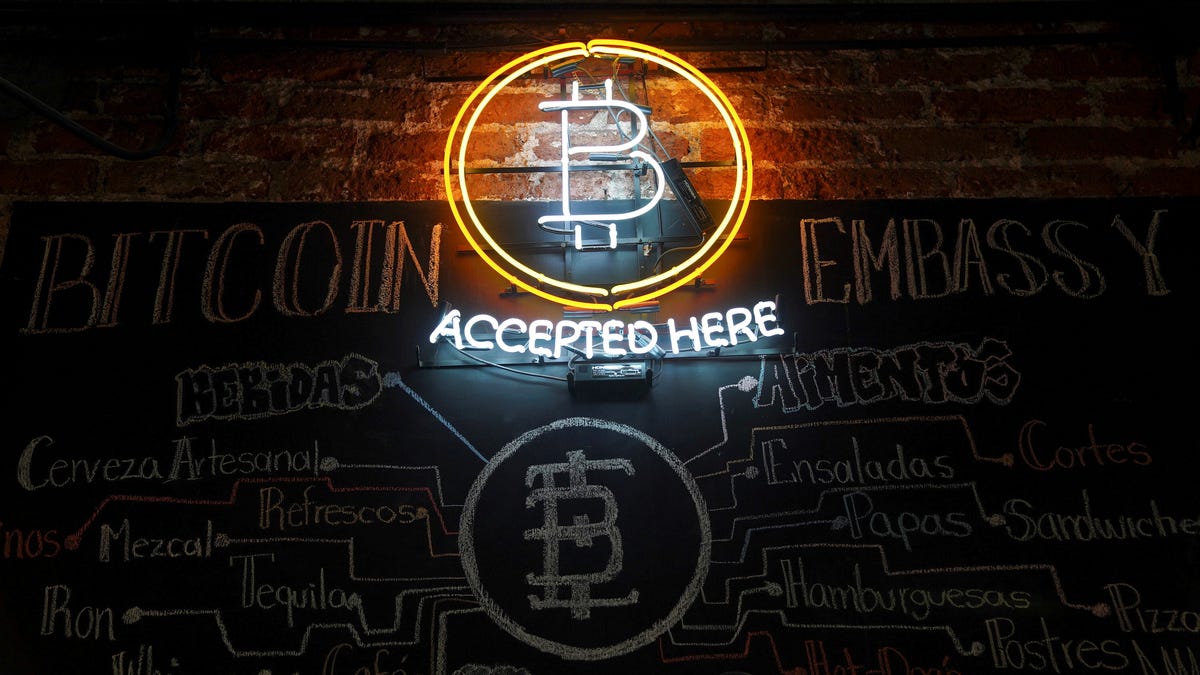This year’s Bitcoin halving event may diverge from past occurrences, as the leading cryptocurrency could potentially experience a devaluation rather than a surge, as indicated by an analysis from JPMorgan, as reported by CoinDesk. The banking institution has foreseen a decrease in the value of the world’s primary cryptocurrency due to market conditions that are deemed to be excessively bought.
Furthermore, the current price of the cryptocurrency stands at around \(61,200, surpassing the bank’s volatility-adjusted gold comparison of \)45,000, as noted by CoinDesk.
The Bitcoin halving is scheduled for approximately April 19-20, resulting in a reduction of the current mining rate from 6.25 Bitcoin to 3.125 Bitcoin. Halving plays a crucial role in the Bitcoin blockchain system, establishing a monetary framework that regulates inflation.
Despite briefly dipping below \(60,000 the previous day, Bitcoin experienced a 1.17% decline on Thursday morning, maintaining a level around \)62,000, according to CoinMarketCap.
The Unique Aspect of This Year’s Bitcoin Halving
Considerable discourse surrounds the distinct nature of this year’s Bitcoin halving compared to previous instances, primarily because the cryptocurrency’s price peaked a month before the halving event, a precedent that has not been observed before.
Traditionally, Bitcoin halving has propelled the cryptocurrency’s price. For example, following the initial Bitcoin halving in 2012, the price escalated from \(12 to \)44 within 100 days post-event, and further surged to $135 after 300 days.
Likewise, following the 2016 halving event, Bitcoin’s value surged from \(658 to \)1,551 within 300 days. Similarly, during the most recent halving in 2020, the price surged from \(8,601 to \)50,941 within the same timeframe.
This time, major financial institutions are uncertain about the continuity of this trend given the prevailing market conditions. Recently, Goldman Sachs issued a cautionary statement due to the unpredictable macroeconomic variables surrounding Bitcoin’s forthcoming halving.
Goldman’s Fixed Income, Currencies and Commodities (FICC) and Equities team stated, “Historically, the previous three halvings have been accompanied by BTC price appreciation after the halving, although the time it took to reach the all-time highs differs significantly. Caution should be taken against extrapolating the past cycles and the impact of halving, given the respective prevailing macro conditions,” as reported by CoinDesk.

